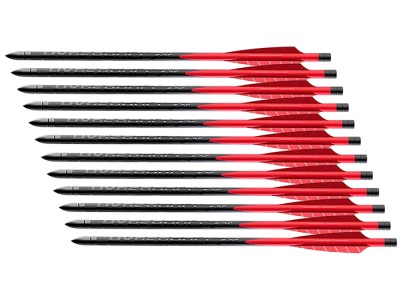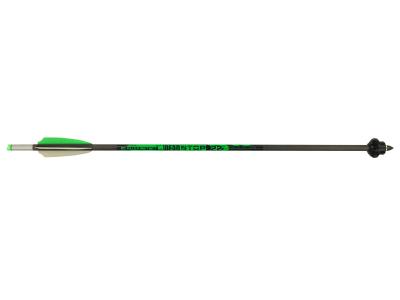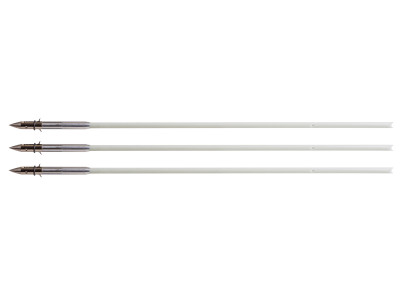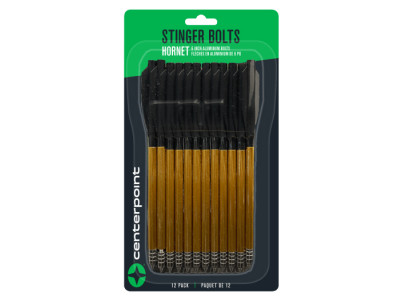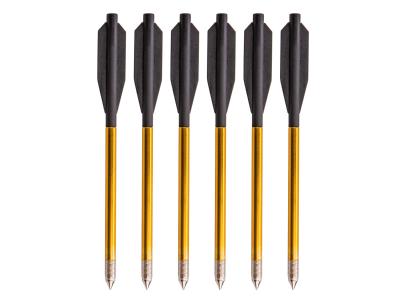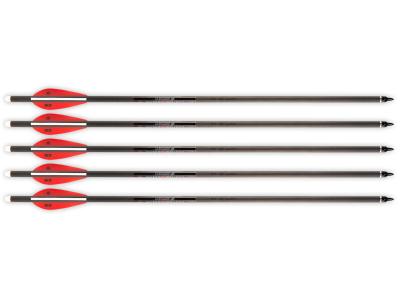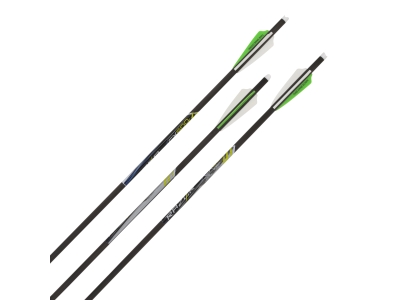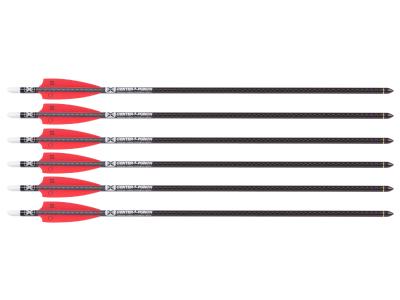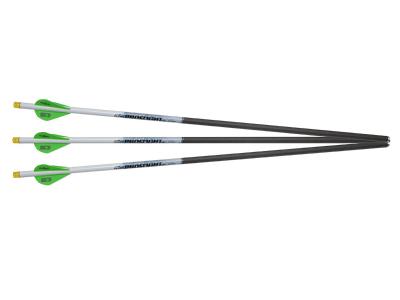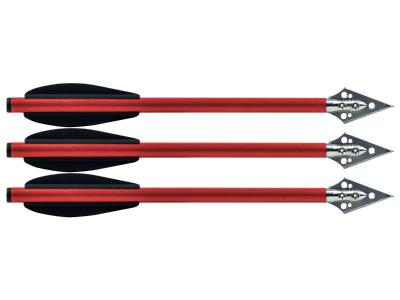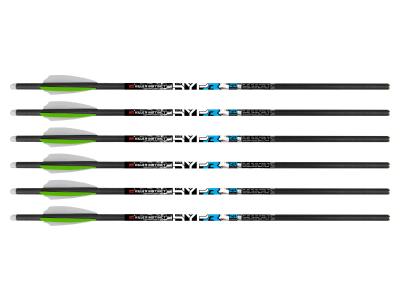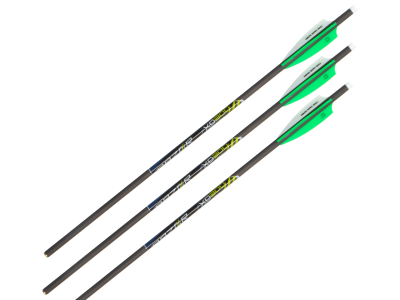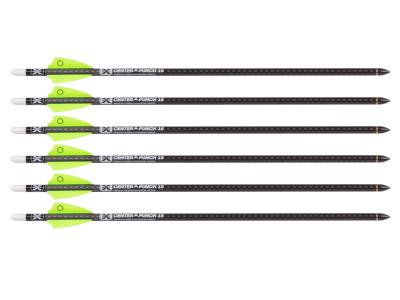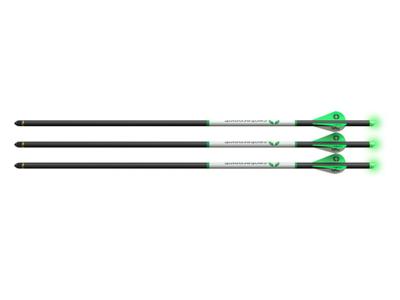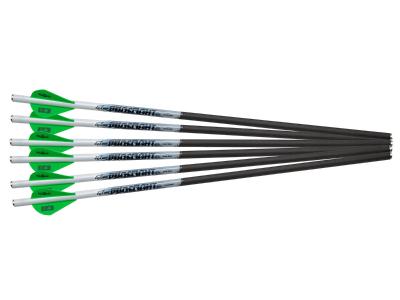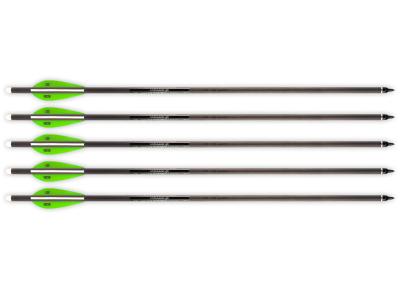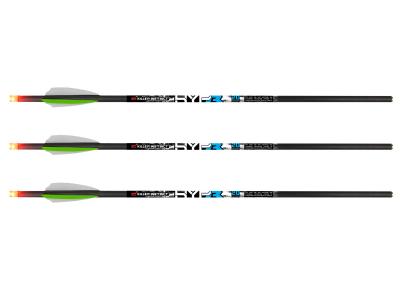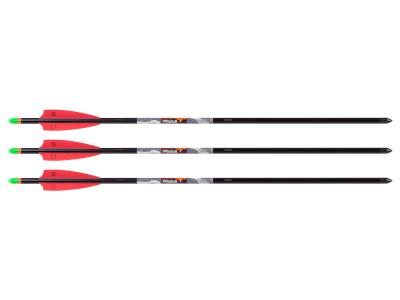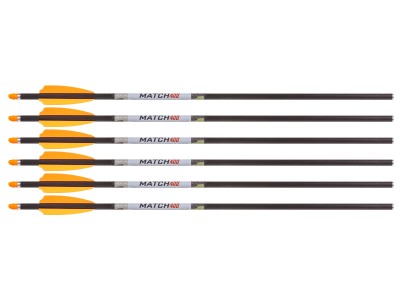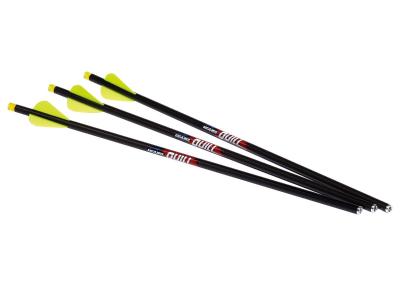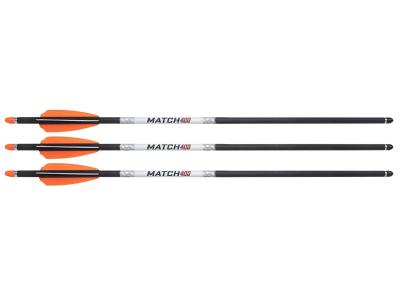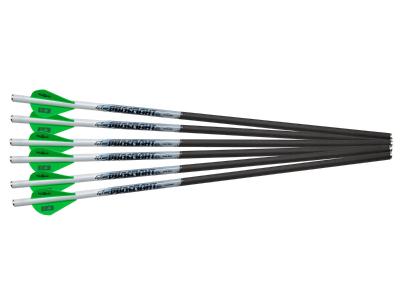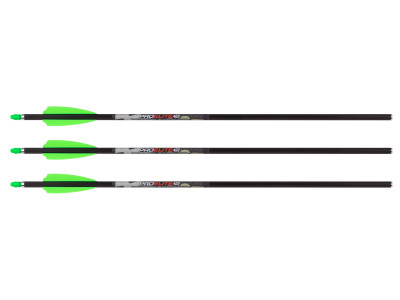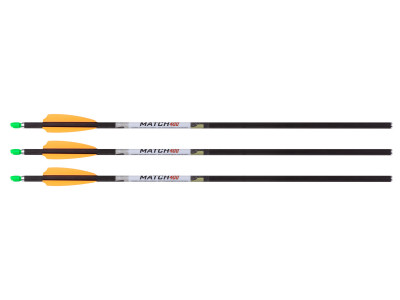Page 2 of 4 - Crossbow Bolts & Arrows
What are Crossbow Bolts & Arrows?
Crossbow bolts and crossbow arrows are the projectiles designed specifically for use with crossbows. While the terms are sometimes used interchangeably, "bolts" traditionally refer to shorter, heavier projectiles, while "crossbow arrows" is a broader term that includes modern, longer, and more aerodynamic designs.
Unlike standard archery arrows, crossbow bolts are built to handle the higher speeds and energy output of modern crossbows. They typically range from 16 to 22 inches in length, are made of durable materials like carbon or aluminum, and are matched to your crossbow's draw weight and speed for best performance.
No matter what you call them, choosing the right bolts or arrows for your crossbow is critical to accuracy, safety, and success, especially when hunting or shooting at longer distances.
How Crossbow Bolts Work
Crossbow bolts work by storing and transferring energy generated by the crossbow's limbs and string. When you fire your crossbow, the string pushes the bolt down the rail and into flight. Because crossbows produce significant force, bolts must be strong enough to absorb the impact without bending, breaking, or becoming unstable mid-air.
Key components of a crossbow bolt or arrow include:
- Shaft - Usually made from carbon or aluminum for strength and straightness.
- Nock - Either flat, half-moon, or lighted, depending on your crossbow and shooting preference.
- Fletching - Short vanes that stabilize flight. Crossbow fletchings are often offset or helical for better spin.
- Insert and Point - Can accept field tips or broadheads depending on your purpose---target practice or hunting.
The right combination of weight, length, and spine (stiffness) ensures that your crossbow arrows fly straight, hit hard, and perform consistently with your setup.
Choosing the Right Crossbow Bolts & Arrows
When selecting crossbow arrows or bolts, here's what you need to consider:
- Crossbow Speed Rating - Your bolts should be compatible with the FPS rating of your crossbow. Heavier bolts offer more penetration; lighter ones offer a flatter trajectory.
- Length - Most bolts range between 16-22 inches. Check your crossbow's manual for the correct length to avoid dry firing or damage.
- Material - Carbon bolts are lightweight, strong, and accurate. Aluminum bolts are heavier and may flex more.
- Nock Type - Use the correct nock style (flat, half-moon, Omni, or lighted) recommended by your crossbow's manufacturer.
- Tip Compatibility - Make sure your bolts can be equipped with your preferred tips - whether field points for target shooting or broadheads for hunting.
The right crossbow bolts improve accuracy, reduce wear on your gear, and ensure reliable performance shot after shot.
Bolts vs Arrows
Ever wonder what the difference is between arrows for bows and the bolts you load into a crossbow? If you're like most hobbyists getting into archery and bowhunting, the nuances between these two projectiles can be confusing at first. Whether you prefer the elegant simplicity of a bow or the mechanical power of a crossbow, you'll be hitting your targets in no time with the right arrows or bolts in your quiver.
Arrows for Bows
An arrow is a projectile consisting of a point, shaft, fletching, and nock shot from a traditional or compound bow.
To launch your arrows accurately, you need the right components. Let's start with the shaft. Arrow shafts come in different materials, like aluminum, carbon fiber, and wood. For bows, aluminum and carbon fiber shafts are popular since they're lightweight and durable. Wooden shafts work but require more maintenance.
The arrow won't fly straight with just a shaft, so you need fletching. This is the feathers or vanes at the back end of the arrow that stabilize it and help it spin for accuracy. Plastic vanes last longer but natural feathers offer better stability.
Finally, you need an arrowhead or point. Field points are for target practice, while broadheads have razor-sharp blades for hunting. The point weight and shape affect how the arrow flies, so choose one suited to your bow's draw weight.
